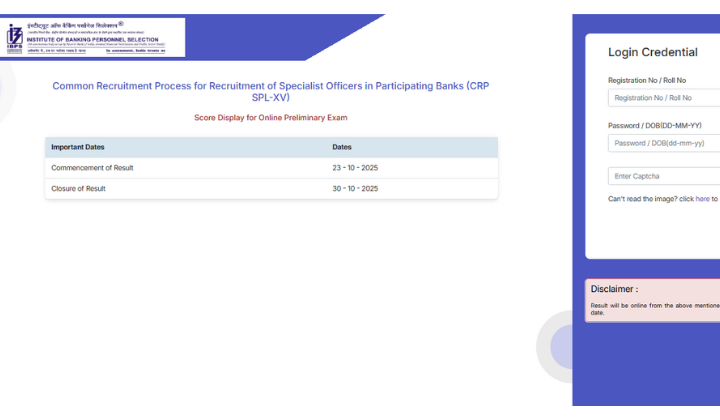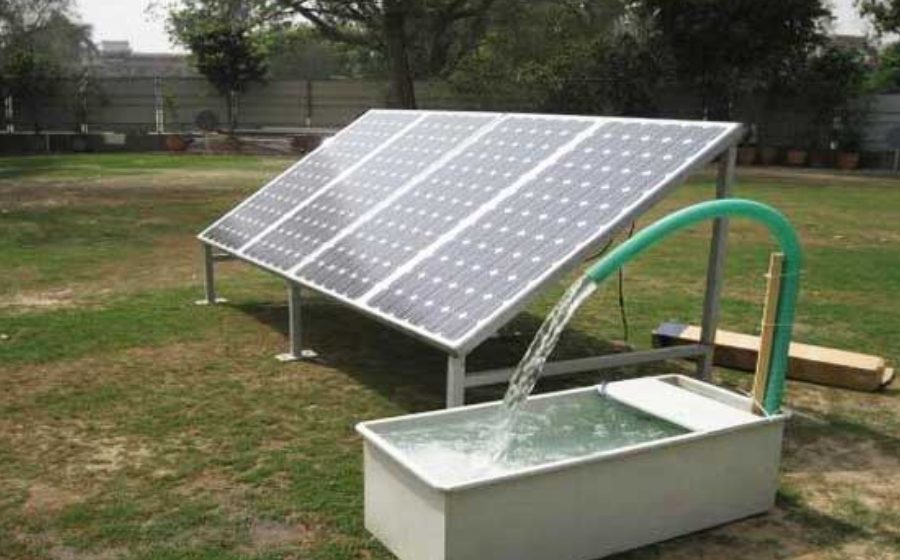Now Reading: How Tech Institutes in Tier-2 Cities Are Driving Climate Innovation
-
01
How Tech Institutes in Tier-2 Cities Are Driving Climate Innovation
How Tech Institutes in Tier-2 Cities Are Driving Climate Innovation

As the world grapples with the urgent need for climate solutions, a surprising force is emerging from India’s Tier-2 cities. Technical institutes in places like Bhubaneswar, Indore, Surat, and Coimbatore are steadily contributing to climate innovation — from low-cost green technologies to research in sustainable farming and clean energy. Quietly but effectively, these centres are proving that impactful climate action doesn’t always need to begin in metros.
Innovation Beyond the Metro Circles
Traditionally, cities like Bengaluru, Delhi, or Mumbai have been seen as the hubs of technological advancement. But in recent years, engineering colleges and research institutes in Tier-2 cities have begun to challenge that notion.
Institutes are launching dedicated research centres on climate studies, collaborating with local industries, and focusing on region-specific challenges — such as water conservation in drought-prone areas or waste management in rapidly growing towns.
Local Challenges, Local Solutions
One key strength of these Tier-2 tech institutes is their close connection with local communities. Students and researchers often focus on practical, scalable solutions that address real problems faced by nearby populations.
For instance, a technical college in Udaipur has developed a solar-powered cold storage unit for farmers, while a group of students in Warangal worked on a low-cost air purification device made from agricultural waste. These innovations may be small in scale but are deeply rooted in local relevance.
Government and Industry Support Growing
The role of government-backed schemes, incubation centres, and increasing interest from the private sector is helping to scale these innovations. State governments are encouraging academic institutions to become part of climate-related start-up ecosystems by providing grants and mentorship.
Industry collaborations, too, are on the rise — where companies provide real-world challenges, and students come up with prototype solutions. This hands-on approach is bridging the gap between academic research and ground-level impact.
A Shift in Talent and Mindset
Another noticeable trend is that more students are choosing to stay back in their hometowns or Tier-2 institutions rather than migrate to metros. With access to digital resources, online mentorship, and innovation labs, many feel empowered to contribute to change from where they are.
This shift is also fostering a deeper sense of purpose, as students see the direct impact of their work on their communities — be it through cleaner neighbourhoods, smarter irrigation tools, or energy-efficient systems.
Conclusion: A Quiet but Crucial Movement
The climate crisis demands both global cooperation and hyperlocal action. In this context, the rise of climate innovation from India’s Tier-2 tech institutes is a significant, though often underreported, development.
As these institutes continue to blend academic knowledge with grassroots impact, they are laying the foundation for a more inclusive and sustainable future — where solutions don’t just flow top-down, but also rise organically from the heart of India.
























